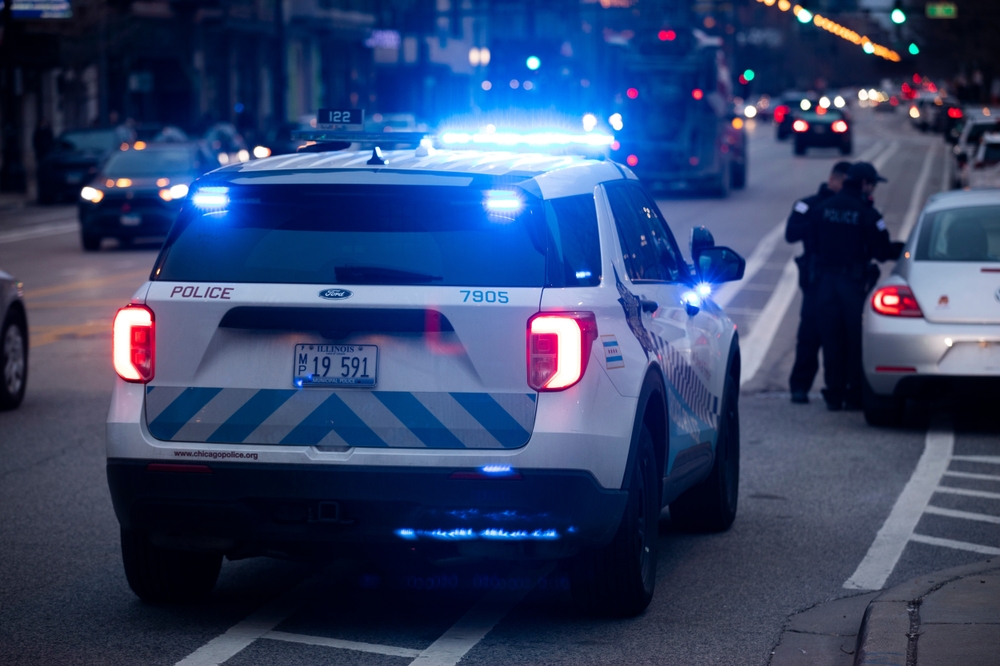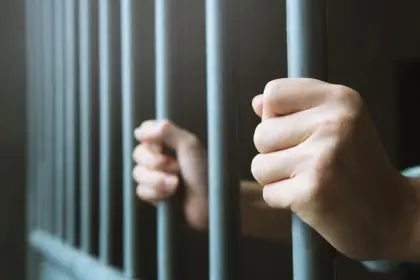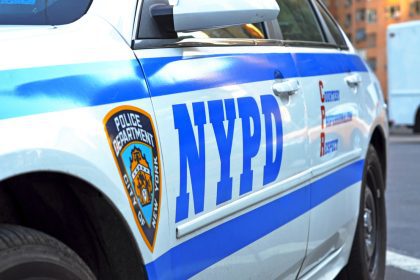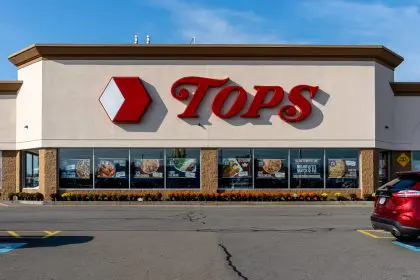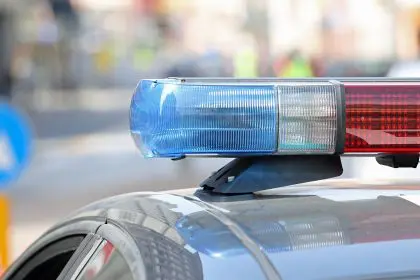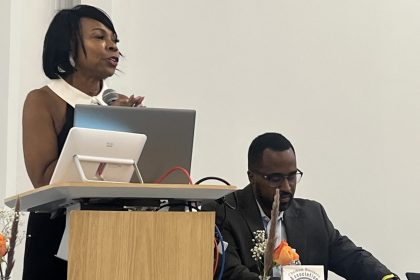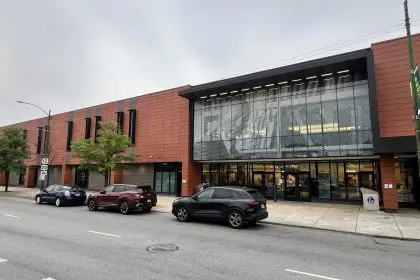A Chicago police officer was fatally shot Thursday night while conducting routine patrol duties in the Gresham neighborhood, marking another tragic loss for a department already facing significant staffing and morale challenges. The four-year veteran, who has not been publicly identified pending family notification, died pursuing suspects during what began as a standard investigative stop.
The incident highlights the ongoing dangers faced by law enforcement officers in Chicago, where routine police activities increasingly result in violent encounters. The officer’s death adds to national statistics showing rising fatalities among police officers killed in the line of duty during standard patrol operations.
Police Superintendent Larry Snelling confirmed that the officer was passionate about her work and committed to community safety, according to conversations with her family members. Her dedication to law enforcement service underscores the personal cost of urban policing challenges that extend beyond individual incidents to systemic public safety issues.
Routine patrol escalates to fatal shooting
The fatal encounter began at approximately 9:50 PM when officers from the 6th District Tactical Team were conducting patrol operations in the 8200 block of South Drexel Avenue. During their patrol, officers observed a male individual whose behavior prompted them to attempt an investigative stop, a standard police procedure used to question individuals about suspicious activities.
Rather than complying with officers’ attempts to make contact, the suspect fled into a nearby residential building, creating a pursuit situation that required officers to follow the individual into the structure. Upon entering the building, officers encountered an armed person who was not the original suspect, dramatically escalating the danger level of what had begun as a routine interaction.
The armed individual opened fire on the officers, striking the 36-year-old officer before fleeing the scene. Despite the chaotic circumstances, responding officers were able to apprehend the shooter, though not before the fatal injury had been sustained. The wounded officer was immediately transported to a local hospital but succumbed to her injuries.
The incident demonstrates how rapidly routine police work can transform into life-threatening situations, particularly in neighborhoods experiencing higher levels of violent crime where multiple individuals may be armed and prepared to use weapons against law enforcement officers.
Complex crime scene yields multiple arrests
The investigation revealed a complex situation involving multiple individuals and weapons, suggesting that officers encountered more than a simple case of individual criminal activity. Crime scene investigators recovered three firearms from the location, indicating the presence of a substantial amount of weaponry at the scene.
Multiple individuals were taken into custody in connection with the incident, though specific charges have not been announced pending the ongoing investigation. The presence of multiple suspects and weapons suggests that officers may have inadvertently interrupted organized criminal activity or encountered a situation involving several armed individuals.
A second officer sustained a wrist injury during the encounter and was treated at a local hospital before being released. The injury to the second officer indicates the chaotic and dangerous nature of the situation that developed rapidly following the initial investigative stop attempt.
The complexity of the crime scene and the number of people involved highlight the unpredictable nature of police work, where officers must be prepared for situations to escalate quickly and involve more individuals than initially apparent during routine patrol activities.
Officer’s dedication remembered amid tragedy
Police Superintendent Larry Snelling shared details about the fallen officer’s character and commitment to law enforcement during a press conference following the incident. Family members described the officer as genuinely passionate about her work and dedicated to improving community safety throughout Chicago.
The officer’s enthusiasm for her job stands in contrast to the challenging environment facing Chicago police officers, who must navigate high crime rates, staffing shortages, and complex community relations while performing their duties. Her continued dedication despite these challenges reflects the personal commitment that many officers maintain toward public service.
Her four years of service with the Chicago Police Department represented a significant investment in law enforcement training and community relationships. The loss of an experienced officer who was committed to her work creates both personal tragedy for her family and practical challenges for a department struggling to maintain adequate staffing levels.
The officer leaves behind a young daughter who will grow up without her mother due to violence encountered during the performance of public safety duties. This personal cost of police work extends beyond the individual officer to affect families and communities that depend on law enforcement services.
National trends reflect increasing dangers
The Chicago officer’s death contributes to concerning national statistics regarding law enforcement fatalities during routine duties. According to federal data, 16 police officers have been killed in the line of duty between January and April 2025, with firearms being used in 75% of these fatal encounters.
The leading circumstances surrounding officer deaths include responses to suspicious activities, traffic stops, and pursuit situations, all of which represent routine aspects of police work rather than high-risk specialized operations. This pattern indicates that officers face significant dangers during standard patrol duties that communities expect them to perform regularly.
The trend toward increased officer fatalities during routine activities reflects broader challenges in law enforcement, including increased availability of firearms, growing willingness to use violence against police officers, and the complex social and economic factors that contribute to criminal activity in urban areas.
These statistics highlight the reality that police officers face life-threatening risks during activities that the public considers normal aspects of law enforcement, creating ongoing challenges for officer safety and department operations.
Community impact extends beyond immediate tragedy
Mayor Brandon Johnson issued a statement calling on Chicago residents to keep the officer’s family in their prayers while acknowledging her commitment to community safety. The mayor’s response reflects the broader impact that officer deaths have on municipal leadership and community relationships.
The loss of a dedicated officer affects not only the immediate family and police department but also the broader community that depends on police services for public safety. The officer’s death removes an experienced professional from a department already facing staffing challenges and high turnover rates.
Community members in the Gresham neighborhood where the shooting occurred must grapple with the reality that their area has become the site of a fatal police encounter, potentially affecting community-police relations and residents’ sense of safety and security.
The incident also impacts the broader Chicago community’s perception of public safety and law enforcement effectiveness, as officer deaths can influence both police morale and public confidence in law enforcement capabilities.
Investigation continues amid ongoing challenges
The Chicago Police Department’s investigation into the officer’s death continues, with multiple suspects in custody and physical evidence being analyzed to determine appropriate charges and circumstances surrounding the fatal shooting. The investigation process will examine the sequence of events leading to the officer’s death and the actions of all individuals involved.
Legal proceedings will eventually determine criminal liability and appropriate punishment for those responsible for the officer’s death, though the investigative and legal process may take months or years to complete fully. The complexity of the case, involving multiple suspects and weapons, may create additional challenges for prosecutors.
While the investigation proceeds, the underlying conditions that contributed to the fatal encounter remain unchanged. Chicago continues to experience high levels of violent crime, and police officers must continue responding to dangerous situations as part of their regular duties.
The officer’s death serves as a reminder of the ongoing risks that law enforcement officers face while performing duties that communities expect them to fulfill, regardless of the personal dangers involved in maintaining public safety in challenging urban environments.
Systemic challenges persist beyond individual tragedy
The fatal shooting of the Chicago police officer reflects broader systemic challenges facing urban law enforcement, including high crime rates, community-police relations, and the complex social and economic factors that contribute to violence in certain neighborhoods.
Individual officer dedication and commitment, while admirable and necessary, cannot address the underlying conditions that make police work dangerous in cities experiencing persistent violent crime. Effective public safety requires comprehensive approaches that address root causes of crime alongside law enforcement responses.
The officer’s death highlights the gap between public expectations for police services and the realities of providing those services in high-crime environments where officers face significant personal risks during routine duties.
Long-term solutions to urban violence and police safety require coordinated efforts involving law enforcement, community organizations, social services, and economic development initiatives that address the complex factors contributing to crime and violence in affected neighborhoods.

